Introduction
Pickling mustard shreds, a timeless culinary tradition enjoyed across various cultures, offers a tangy, crunchy delight that complements a wide array of dishes. This preservation technique not only enhances the flavor profile of mustard greens but also extends their shelf life, making them a versatile ingredient year-round. Whether you’re a seasoned home chef or a beginner in the world of fermentation and pickling, mastering the art of pickling mustard shreds can add a unique twist to your culinary repertoire. This comprehensive guide delves into the intricacies of the process, from selecting the perfect mustard greens to crafting a flavorful brine and ensuring successful fermentation.
Chapter 1: Understanding Mustard Greens
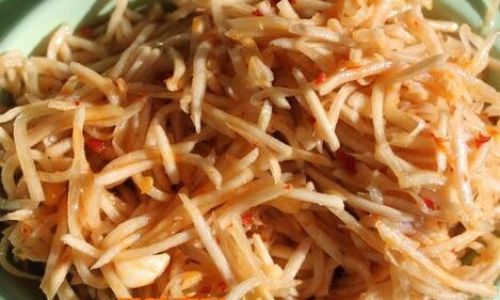
Mustard greens, botanically known as Brassica juncea, are a cruciferous vegetable belonging to the Brassicaceae family. They are characterized by their bold, slightly bitter flavor and a spicy mustard oil content that intensifies when cooked or fermented. The leaves, stems, and even the seeds of mustard greens are edible, but for pickling, the focus is primarily on the stems, which are shredded into thin strips to facilitate the pickling process.
1 Varieties of Mustard Greens
Several varieties of mustard greens exist, each with its unique texture and flavor. For pickling, it’s essential to choose varieties that hold up well to the pickling process, maintaining their crunch and absorbing flavors effectively. Common varieties suitable for pickling include:
- Chinese Mustard Greens: Known for their tender stems and slightly milder flavor.
- Indian Mustard Greens: Often used in Indian cuisine and have a stronger, more pungent taste.
- Leaf Mustard: While primarily eaten as leaves, the stems can also be shredded and pickled for a milder pickled product.
2 Harvesting and Preparation
Harvest mustard greens when the stems are firm and the leaves are vibrant green, indicating freshness. Cut the stems just above the soil line, leaving the plant’s base intact for potential regrowth. Rinse the stems thoroughly under cold running water to remove any dirt or debris. Pat them dry using a clean kitchen towel or air-dry them on a clean surface to avoid introducing moisture into the pickling jar, which could lead to unwanted bacteria growth.
Chapter 2: The Pickling Process
Pickling mustard shreds involves several crucial steps, each contributing to the final texture, flavor, and safety of the finished product. This section breaks down the process into manageable parts, ensuring you have all the knowledge needed for a successful batch.
1 Shredding the Mustard Stems
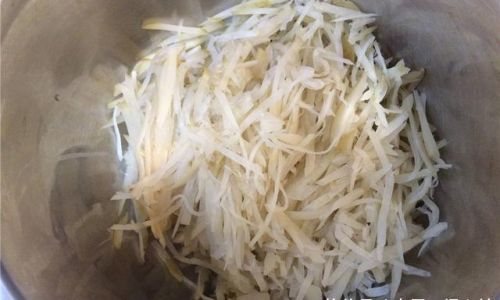
Using a sharp knife or a mandoline, shred the mustard stems into thin, even strips. The thickness of the shreds can vary based on personal preference, but thinner shreds tend to pickle more quickly and evenly. Aim for shreds that are approximately 1/8 to 1/4 inch thick.
2 Preparing the Brine
The brine is the lifeblood of pickling, providing the necessary environment for fermentation and flavor development. A basic brine consists of water, salt, and sometimes vinegar or other acidic ingredients to control the fermentation process.
- Water: Use filtered, non-chlorinated water to avoid introducing unwanted chemicals into your pickles.
- Salt: Sea salt or kosher salt is preferred due to its purity and ability to draw out moisture from the mustard shreds, aiding in the preservation process. The salt concentration should be around 2-3% of the total brine volume.
- Vinegar (Optional): Adding a small amount of vinegar (such as apple cider vinegar or distilled white vinegar) can help抑制 harmful bacteria and add a tangy flavor. However, too much vinegar can halt fermentation altogether, so use sparingly.
3 Seasoning and Flavorings
The beauty of pickling lies in its versatility. Beyond the basic brine, you can infuse your pickles with a myriad of flavors. Popular additions include:
- Garlic: For a subtle, aromatic note.
- Ginger: To balance the mustard’s heat with a hint of sweetness.
- Red Pepper Flakes: For a spicy kick.
- Herbs: Such as dill, thyme, or bay leaves, to add complexity.
- Sugar or Honey: To counteract the bitterness and add a touch of sweetness.
4 Packing the Jars
Choose glass jars with tight-fitting lids for pickling. Glass is non-reactive and allows you to monitor the fermentation process visually. Start by adding any whole seasoning ingredients (like garlic cloves or slices of ginger) to the bottom of the jar. Pack the mustard shreds tightly into the jar, ensuring there are no air pockets. This helps prevent mold formation and ensures even pickling.
5 Pouring the Brine
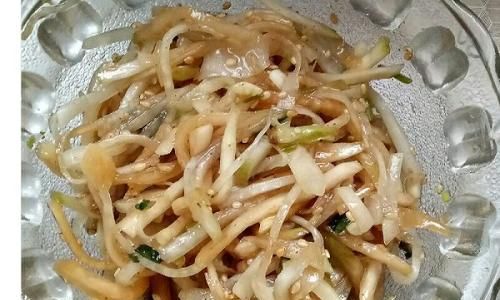
Once the jar is packed, pour the prepared brine over the mustard shreds, ensuring they are fully submerged. If necessary, use a weight (like a smaller jar filled with water) to keep the shreds under the brine. Any exposed surface can become a breeding ground for mold.
Chapter 3: Fermentation and Storage
The fermentation process transforms the mustard shreds, developing their flavor and texture over time. Proper storage and monitoring are crucial to ensure a successful outcome.
1 Monitoring Fermentation
Place the filled jars in a cool, dark place where temperatures remain consistent, ideally between 65-75°F (18-24°C). Check the jars daily for the first few days to ensure everything is submerged and to monitor for any signs of mold or off-odors. Bubbles forming on the surface and a slight hiss when opening the jar are normal signs of active fermentation.
2 Taste Testing
The length of fermentation depends on personal preference and environmental conditions. Start tasting your pickles after about 3-5 days. They should have a tangy, slightly sour flavor with a crunchy texture. If you prefer a more intense flavor, allow them to ferment longer, checking daily to avoid over-fermentation, which can lead to a mushy texture and overly sour taste.
3 Storing Pickled Mustard Shreds
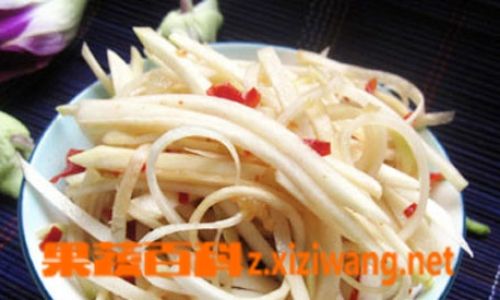
Once you’ve achieved the desired flavor and texture, remove the jars from the fermentation area and store them in the refrigerator. Cold temperatures slow down further fermentation, preserving the pickles’ current state. Properly stored, pickled mustard shreds can last for several months.
Chapter 4: Troubleshooting and Tips
Even the most seasoned picklers encounter issues from time to time. This section provides solutions to common problems and tips for enhancing your pickling experience.
1 Common Issues
- Mold: White or blue-green mold on the surface can indicate improper submersion or contamination. Scoop it off with a clean spoon, ensuring no moldy bits remain, and check the pickles for off-odors or flavors. If everything else seems fine, continue fermentation but be vigilant.
- Soft Texture: Over-fermentation can lead to a mushy texture. Store pickles in the refrigerator sooner if they reach your desired flavor before they become too soft.
- Off-Flavors: Strong, unpleasant odors or flavors can indicate contamination. Discard any batches that exhibit these signs.
2 Tips for Success
- Use clean, sterile equipment to avoid contamination.
- Keep jars submerged under water in a larger container (water bath method) during fermentation to ensure an airtight seal and prevent mold.
- Experiment with different flavors and ingredients to find your perfect pickling recipe.
- Record your process, including fermentation times and ingredient ratios, to replicate successful batches.
Conclusion
Pickling mustard shreds is a rewarding culinary endeavor that combines the art of preservation with the science of fermentation. By following this comprehensive guide, you’ll be able to craft tangy, crunchy pickles that enhance the flavor of any dish. Whether enjoyed as a side, incorporated into salads, or used as a topping for sandwiches, pickled mustard shreds offer a burst of fresh, bold flavor that’s sure to delight your taste buds. Happy pickling!
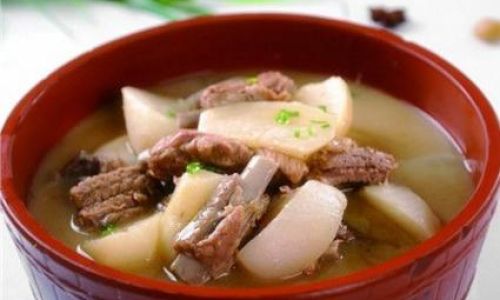
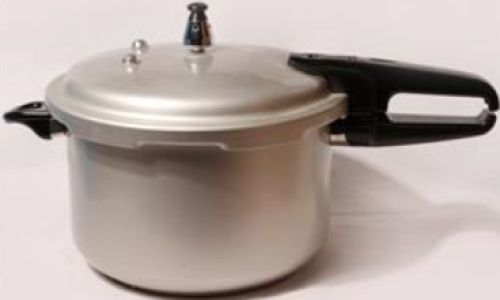
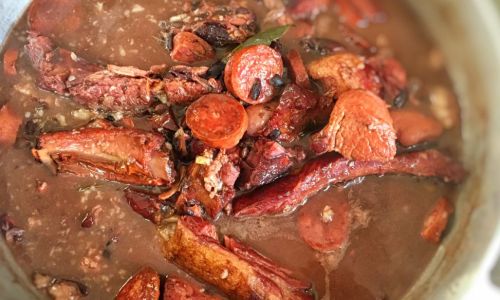
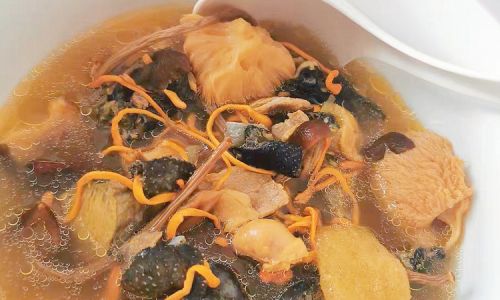
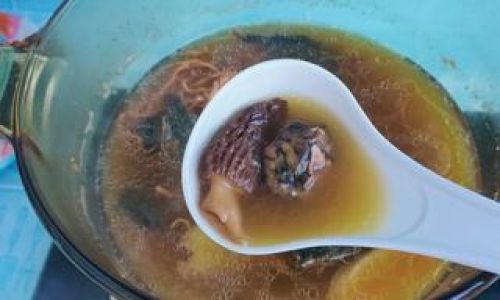
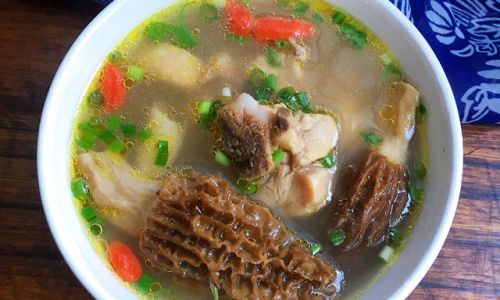
0 comments